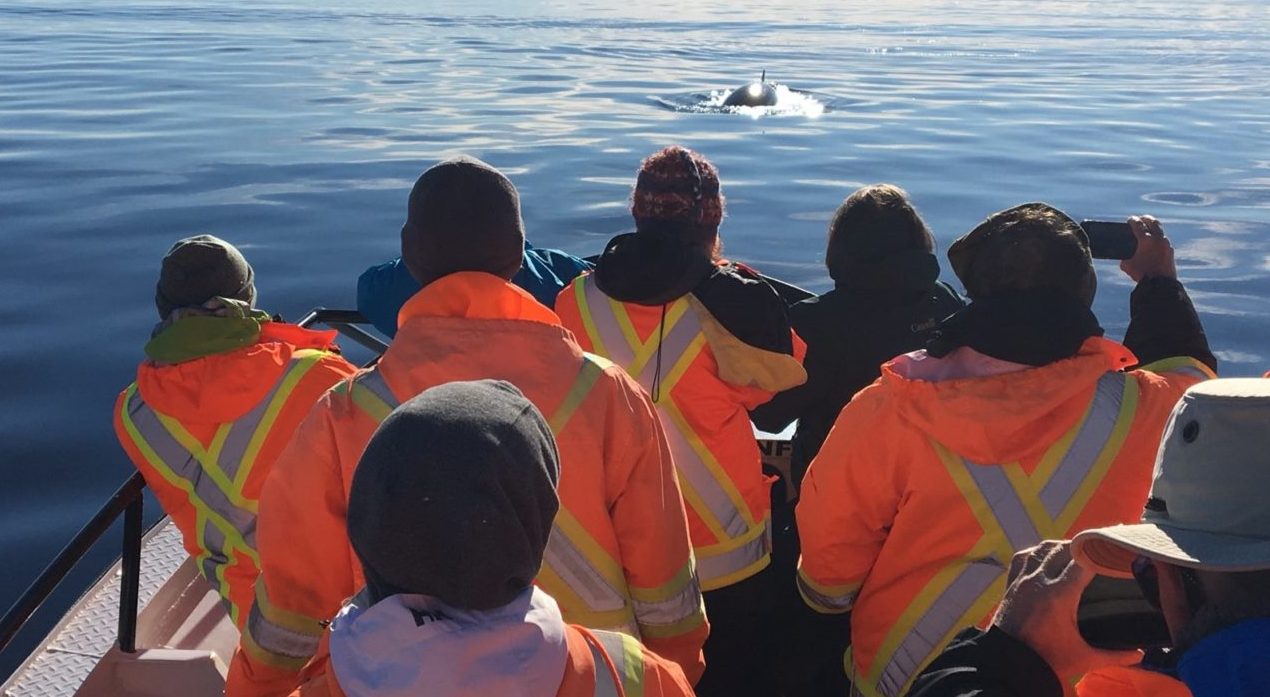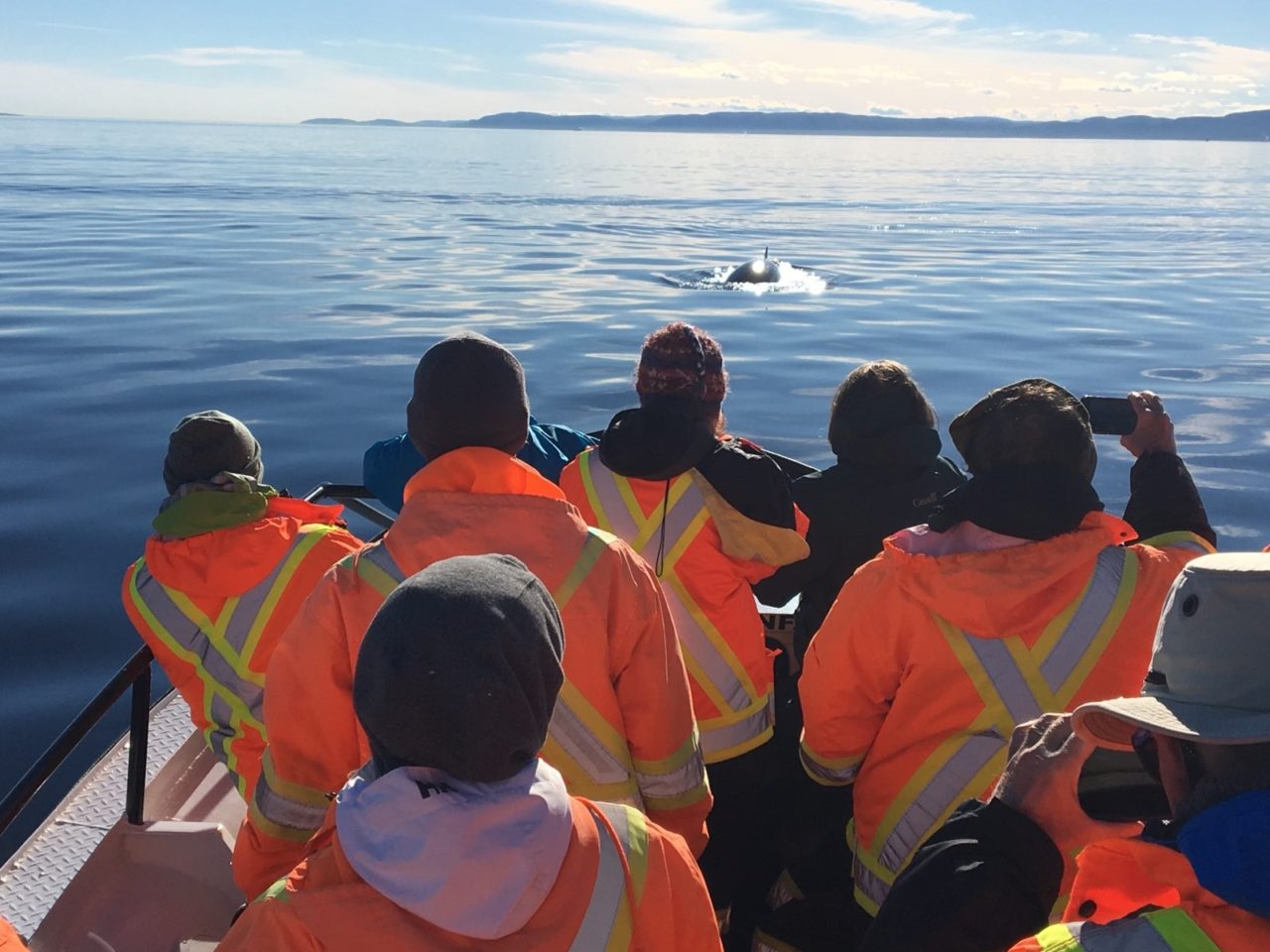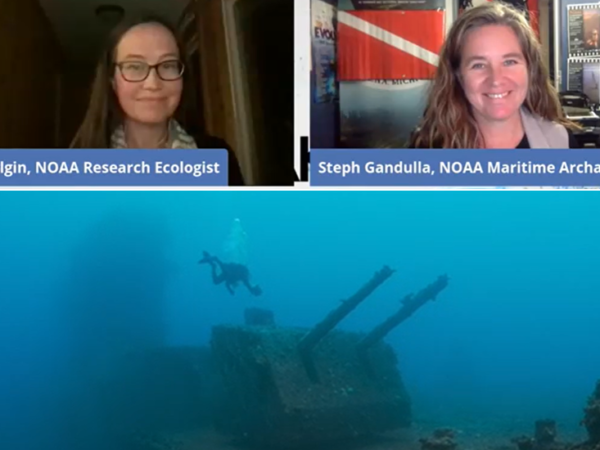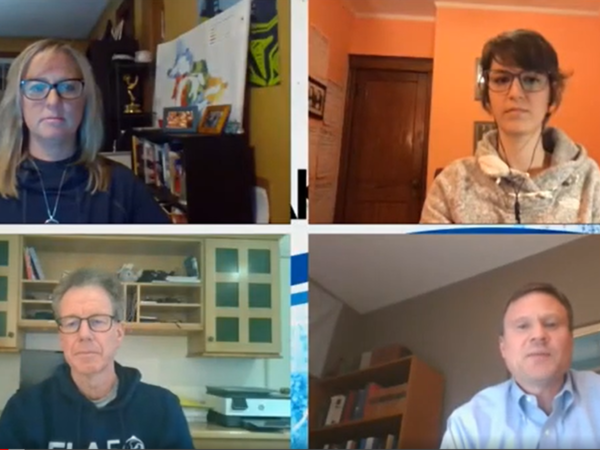
In the first two episodes of “The Age of Nature,” the successes and fragility of environmental restoration took viewers around the world.
The final episode continues that thematic exploration as it takes viewers to some of the furthest and oldest reaches of the planet.
Read about the Great Lakes connections in the previous two episodes here and here.
HERE is a map of all the locations with descriptions of the segments.
As “The Age of Nature” aired this month, Great Lakes Now brought audiences several stories, videos and events to help understanding of how issues covered in the three-part documentary relate to our region. Here is some of that work:
WATCH: GLN Host Ward Detwiler Talks to “The Age of Nature” Producers
WATCH: What Grows?: “Shipwrecks and Ecosystems”
READ: Shipwreck Life: How fish and other aquatic species utilize Great Lakes shipwrecks
WATCH: Damming Decisions
WATCH: When a Dam Comes Down
READ: Dams Across the Great Lakes
API key not valid. Please pass a valid API key.And as “The Age of Nature” concludes its airings, here’s a preview of some of the sites, the researchers and advocates and their work in the final episode:
Episode 3 Changing – Airing Oct. 28, 2020
“The Age of Nature’s” third episode brings viewers to Switzerland and California, where scientists look at forests and crops to study carbon storage in these plants.
That sort of tracking of environment and the impact of changing it is echoed in research by Great Lakes scientists, some of whom are studying wetlands or the lakes themselves.

Students conduct research on Great Lakes coastal wetlands – with pandemic precautions. (Photo courtesy of the Great Lakes Coastal Wetlands Monitoring Program)
READ: Chicago’s Wetlands Shrank by 40% During the 20th Century
WATCH: Polluting with Purpose
At the Bottom
Age of Nature then journeys to Antarctica, where the Ross Sea – the largest ice shelf in the world with some 16,000 species thought to live there – became a Marine Protected Area in 2016. Meet the scientists and researchers who fought to get the protection established.
The story of such designations taking years to get is not unusual. In the Great Lakes region, the Indiana Dunes only became a national park in 2019, and Cuyahoga Valley National Park started as a protected area in 1974.
WATCH: The Newest National Park
WATCH: Looking Up and Out – Watch Party to learn more about Cuyahoga Valley National Park
It joins thousands of national and local parks as well as protected areas around the world as places where nature takes priority. Species can repopulate. Plants can reestablish. Water quality can be improved.
PLAN: Great Lakes Now’s map of museums, aquariums and forts on the shorelines
QUIZ: What do you know about parks in the Great Lakes region?
WATCH: Wrecks Within Reach
The Ross Sea joined dozens of locations in the Great Lakes. Take a look at the full list of Marine Protected Areas here. The Great Lakes only have Thunder Bay National Marine Sanctuary on the U.S. side, while Parks Canada has established three marine parks: Fathom Five National Marine Park, Saguenay-St. Lawrence Marine Park and Lake Superior National Marine Conservation Area.

Beluga whale at Saguenay-St. Lawrence Marine Park (Photo Credit: Sandra Svoboda)
Keeping the Balance
In Borneo, Age of Nature touches on a number of topics.
The soil under the Borneo forests – peat – only forms in wet conditions and slows the decomposition of plant matter, which makes it a good carbon sink.
But the forests are being drained by canals made for the logging industry. Even though logging is now illegal, the waterways remain and continue to drain the forest bed.
The Great Lakes saw a similar issue decades ago. The Great Black Swamp, a giant wetland area that at one point covered most of northwest Ohio, was drained by settlers making their way to Michigan.
The area is now largely farmland. But without the swamp to filter runoff pouring into Lake Erie, the lake’s developed a number of problems—including annual blooms of toxic algae.

Toxic algae blooms around the Great Lakes in the summer. (Great Lakes Now Episode 1013)
WATCH: The Great Black Swamp
The drying peat in Borneo is a problem because it makes the forest vulnerable to fires which, because of the amount of carbon stored in the soil, mean a lot of carbon is released when it is burned. One method of protection offered: companies can buy carbon credits from projects restoring and protecting rainforests to offset their carbon emissions.
Youthful Future
The series finishes in Belize. Reefs off the coast of the small Latin American country were under threat from the oil industry until 2017 when Belize officially ended oil activities in its waters.
In the Great Lakes, a similar battle is going on with Enbridge, Inc. and its Line 5 oil pipeline.
As a method of preventing an oil spill in the Straits of Mackinac where the pipeline passes through, Enbridge plans on drilling a tunnel under the straits to house it.
But opponents of the pipeline and the tunnel project aren’t convinced that the tunnel will be as safe as Enbridge says it is, and they’re worried about possible pipeline ruptures while the pipeline continues to operate during the years it will take to construct the tunnel.
READ: The latest developments in the Line 5 situation
One of the key activists involved in kickstarting action in Belize was 11-year-old Madison Edwards. The roles that youth and young adults play in environmental justice as well as how much the issue of climate change resonates with them is now a common story around the planet.
It’s a trend that’s showing in the Great Lakes region with the upcoming U.S. presidential election.
READ: Want the Youth Vote? Prioritize Climate Change
READ: Can the Climate Youth Tip the 2020 Election Against Trump?
For more of the connections between Great Lakes Now and issues presented in “The Age of Nature,” visit GreatLakesNow.org/AgeofNature or check out our PLAYLIST on our YouTube channel.




